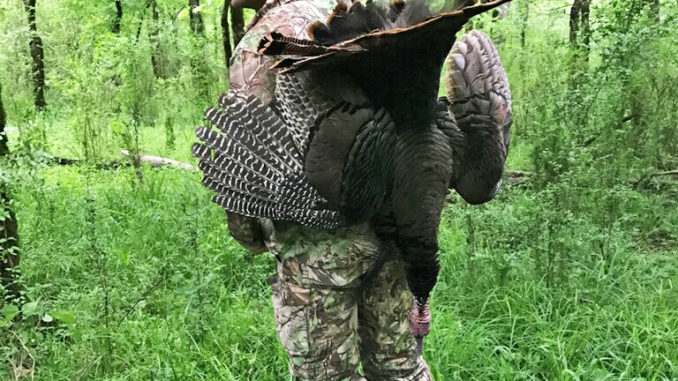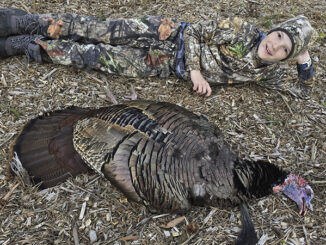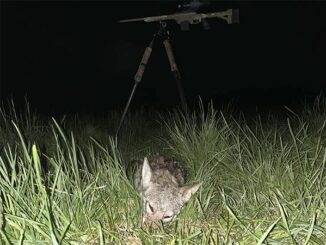
Turkey hunters are always on the lookout for new places to hunt, and with land-management changes, good areas are always in flux.
Given the opportunity to hunt a new place for the first time, you nned to make the most out of it.
By the time Tyler Chappell of Fountain Inn., S.C., opens the gate and enters a properly for the first time, he’s alreaday developed strategies for hunting this specific property. Based on years of hunting and working as a professional guide, he’s learned to always have a game plan.
“I get to hunt new places every year, and a learning curve for hunting land for the first time is inevitable, so having a strategy for that first hunt is essential,” Chappell said.
“My mindset is the first key to success, I fully intend to kill a gobbler, so my attitude is intense and alert,” he said. “I will learn a lot about the property this first trip, but it’s not an excuse to not tag a gobbler.”
Chappell said he’ll use maps, on-line or hard copy, to preview property before he hunts.
“I study the road network for a movement strategy,” he said. “I also target creek or river bottoms, open fields, food plots and check the topography for high spots for early morning listening. I’ll have the basic layout in my mind of a listening point and have a clue of how to best approach a bird when I hear a gobble.”
“I’ll get in the woods early and select a listening spot close to the property entrance,” he said. “I don’t want to go too deep before dawn; I could by-pass gobblers. Once it gets light, I can slip to other listening spots.
Chappell said if he doesn’t get on a gobbler early, he’ll use the walk-and-call approach.
“I model my movements like a silent, subtle predator and employ various calls to strike a gobbler,” he said. “I always peek around road corners and bends. If I see him first, my odds go up. As I move, I’ll work toward open fields, food plots, creek bottoms and flat areas or benches on the sides of hills.”
Chappell (864-419-1462) said he calls every few minutes, varying from mouth, slate or box calls to imitate different hens. He doesn’t get aggressive on new property, because he’s simply acquiring the location of a gobbler.
“Usually, a bird will gobble, and I make my move,” he said. “But if I get an aggressive response, since I am not intimately familiar with the topography, I’ll set up and let him approach me. That’s one of the positive factors to working along roads and around fields or open areas; I am already in an area the gobbler is willing to approach. On new property set-ups, my default tactic is to get the high ground in that immediate area and set up.”
Chappell said patience is needed in new areas and mid-morning to early afternoon can be the best time to kill a gobbler.
“By mid-morning, I’ll have a working knowledge of the property layout, and with subtle movement and calling, I probably haven’t buggered gobblers,” he said. “On new property, the mid-morning to early-afternoon hunting can be awesome. Hens have likely left the gobbler,s and I can ramp up the calling a bit to strike an eager longbeard.”





Be the first to comment